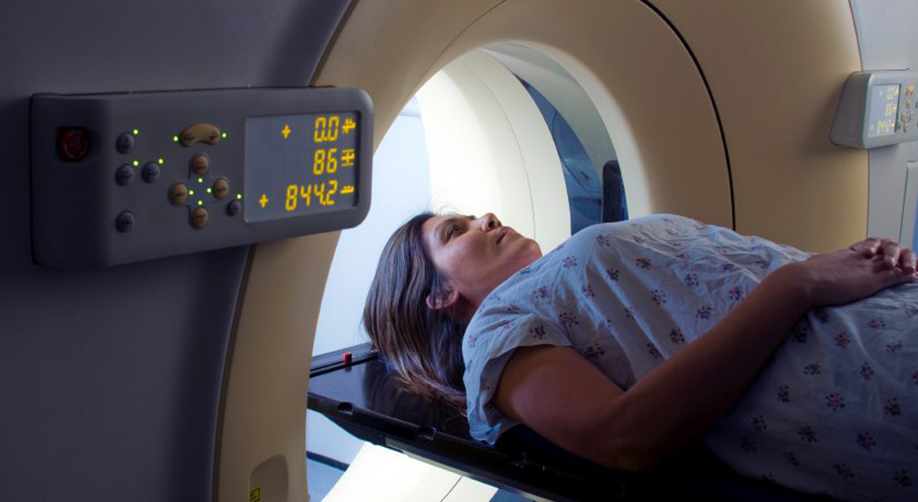- About Us
- Services
Other Advanced Procedures
- Early Pregnancy Scan
- Fetal Echocardiogram
- Fetal Neurosonogram
- Nuchal Translucency NT scan
- Anomaly Scan
- Colour Doppler Scan
- Abdominal Scan
- Ultrasound Mammography
- Scrotal Ultrasound
- Prostate Ultrasound
- Doppler Scan
- Chorionic Villus Sampling (CVS)
- Amniocentesis
- Intrauterine Blood Transfusion
- Radiofrequency Ablation
- Genetic Counselling
- Other Ultrasound Scans
- Blogs
- Media
- Contact
- About Us
- Services
Other Advanced Procedures
- Early Pregnancy Scan
- Fetal Echocardiogram
- Fetal Neurosonogram
- Nuchal Translucency NT scan
- Anomaly Scan
- Colour Doppler Scan
- Abdominal Scan
- Ultrasound Mammography
- Scrotal Ultrasound
- Prostate Ultrasound
- Doppler Scan
- Chorionic Villus Sampling (CVS)
- Amniocentesis
- Intrauterine Blood Transfusion
- Radiofrequency Ablation
- Genetic Counselling
- Other Ultrasound Scans
- Blogs
- Media
- Contact



